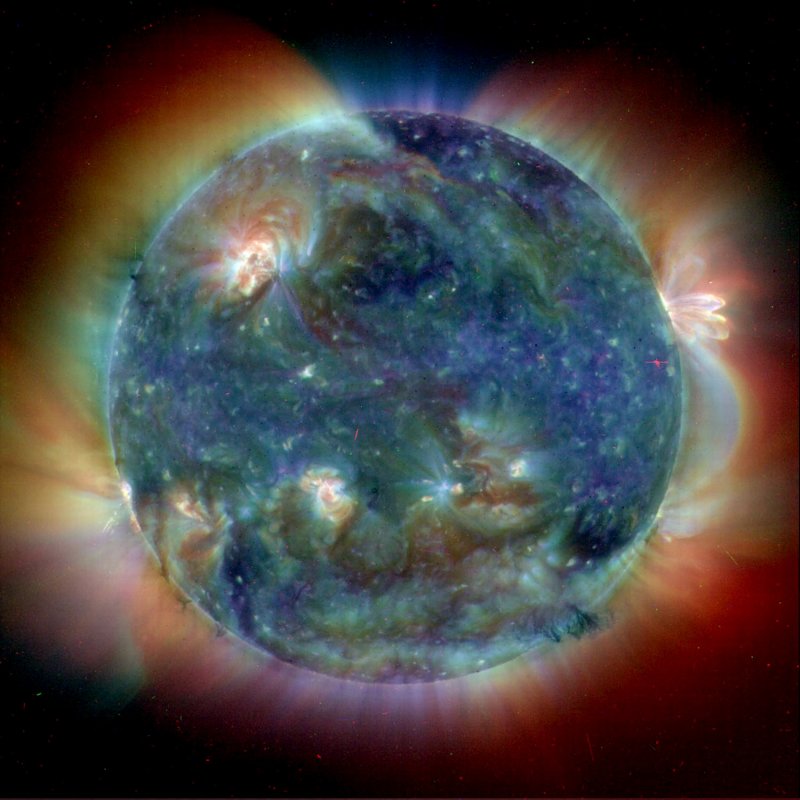PALO ALTO, Calif., Aug. 19 (UPI) -- Researchers in California say they've developed a method to catch sunspots in the early stage of development and give as much as two days' warning.
Sunspots give rise to solar storms that disrupt communication systems, air travel, power grids and satellites, so a way to predict them would allow protective measures to be taken, a Stanford University release said Friday.















